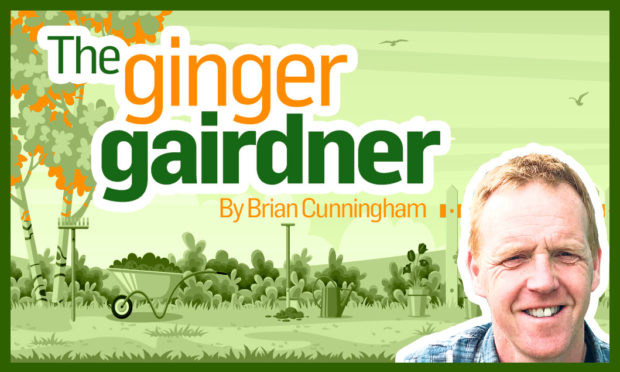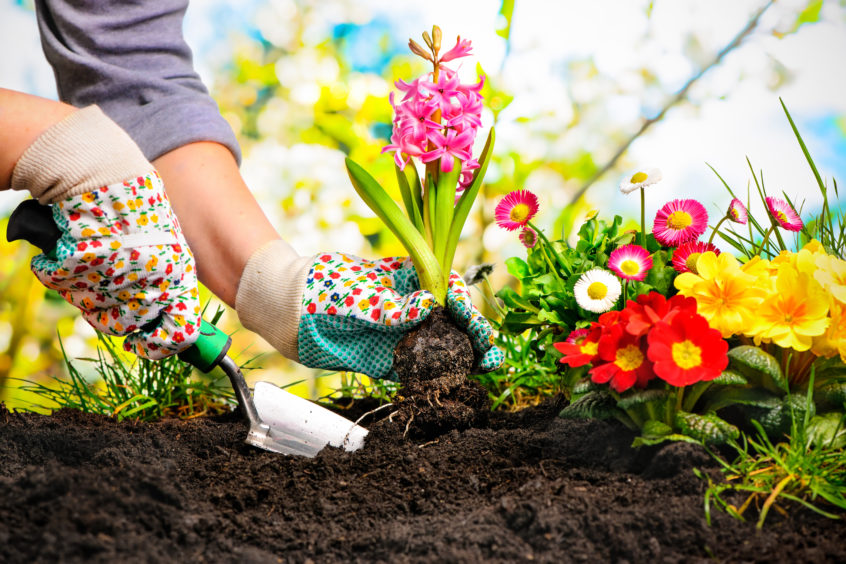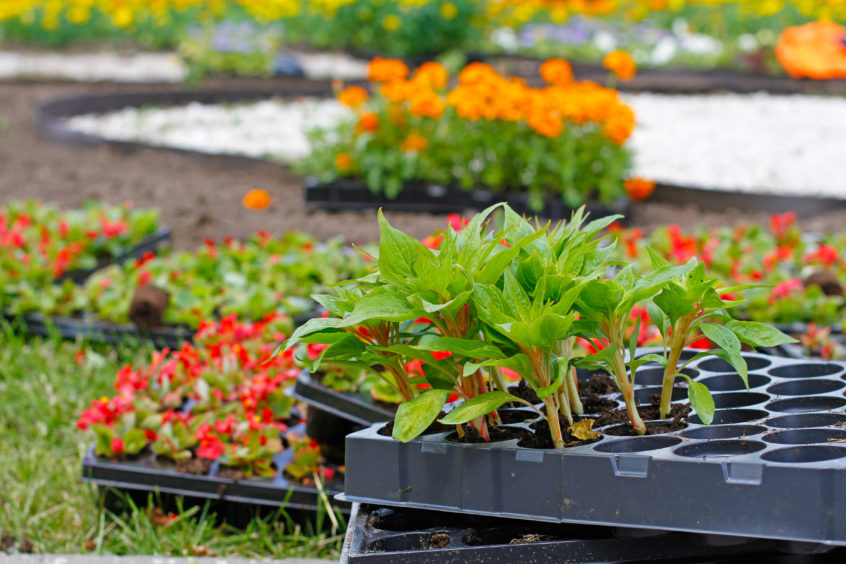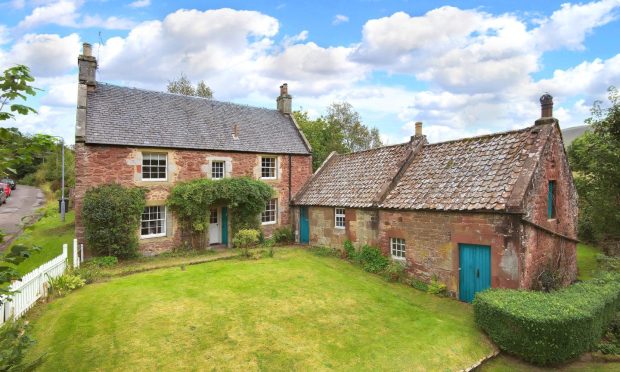Even if garden centres in Scotland aren’t all open yet, spring is the time of year for planting, and there’s a great joy in choosing your plants, either at a nursery or online, Brian Cunningham writes.
For a gardener, taking a trip to a nursery or garden centre at this time of year really is like taking a kid to a sweet shop.
Conditions in springtime are perfect for planting so there are rows of trees and shrubs with fresh, young foliage lined out for us to choose the perfect plant to frame and add structure to our garden.
If we can go to a nursery or garden centre, benches of herbaceous plants straight from the growers and neatly labelled allow us to choose how best to pack the rest of our beds and borders for the gardening year ahead. Packs of veg and pots of soft fruits such as blueberries, brambles and raspberries have those who grow their own drooling in anticipation of the harvest to come.
However, it’s the kaleidoscope of colours from the offerings of this year’s summer bedding plants for our tubs, window boxes and hanging baskets that really attract us at this time of year.
These plants are popular due to the ease which even the most novice of gardeners can create bright and cheerful displays. As long as the watering is kept sufficient in their tight containers full of thirsty roots, these plants will continue to perform from when they are planted out in late spring, through the whole summer and in to the early autumn.
‘Bedding out’ is the process of planting up borders consisting of short and long lived plants that will thrive in summer weather. Some will die in the first frosts in autumn and others will need to be lifted and put into storage, protected from winter weather, before being planted out again the following year.
The peak of this style of planting came during the Victorian era of horticulture with the introduction of such plants as geraniums, salvias, verbena and petunias, which are still amongst the most popular bedding plants used today.
My first introduction to bedding plants and displays came during my apprenticeship at Craigtoun Country Park near St Andrews in the early ’90s.
Back then we were North East Fife District Council and in the glasshouse complex there, under a team of skilled gardeners who regularly won Gold Medals at all the major flower shows including Chelsea and Hampton Court, we would grow thousands of young plants destined for all the park bedding schemes in the district. There’d also be a few hundred hanging baskets and window boxes to lighten up our high streets.
The whole process would begin in February with trays and trays of tiny little plug plants including trailing Surfinia Petunia and Helichrysum, potted into large pots of compost, which at the time felt far too large for them but within weeks after growing on in the heated glasshouses, quickly grew into them.
Packets of Marigold, Cosmos and Nicotiana seed were sown and, once germinated, ‘pricked out’. This is the process of teasing the young plants out of the germination tray, then spacing them out into larger trays of 35 plants. You transfer them by holding them by the leaf which will regrow if damaged, and not by the stem which, if injured, will kill the plant.
Kept in the warmth and protection of glasshouses for a few more weeks so to settle in to their new compost and put on some growth, the beginning of May would see the regular procession of tractor- and van-loads of plants being moved from the glasshouses, a short distance down to the old walled garden and in to the rows of cold frames where the plants would slowly be hardened off, acclimatising these still tender babies to the challenges of the Scottish weather.
This is a really crucial task. Although the day-time temperatures in May can hit a cosy high in the late teens, don’t be fooled. These figures will drop dramatically under the same clear skies at night which our young plants can not cope with and could kill them. This happened only the other week, when temperatures at Scone Palace dropped to minus 2 overnight, and even the fresh young foliage of tough beech hedging has been damaged.
These trees have the ability to recover but our young bedding plants will not.
Put these outdoors into a sheltered spot during the day, remembering to bring them in again in the evening. If you have a cold frame open or take off the frame lids, cover them up again at night but gradually start to leave them open just a wee bit, then a wee bit more which will slowly get your plants used to the night time air.
This is best practice, but I would always advise being cautious and waiting until the beginning of June, once the risk of frosts have passed, before putting out your tubs, hanging baskets and window boxes permanently.
With all of us having extra time at home and all the new gardeners out there, I’m sure we’ll all see some stunning displays this year.
Brian Cunningham is a presenter on BBC’s Beechgrove Garden and the head gardener at Scone Palace. Follow him on Twitter @gingergairdner












